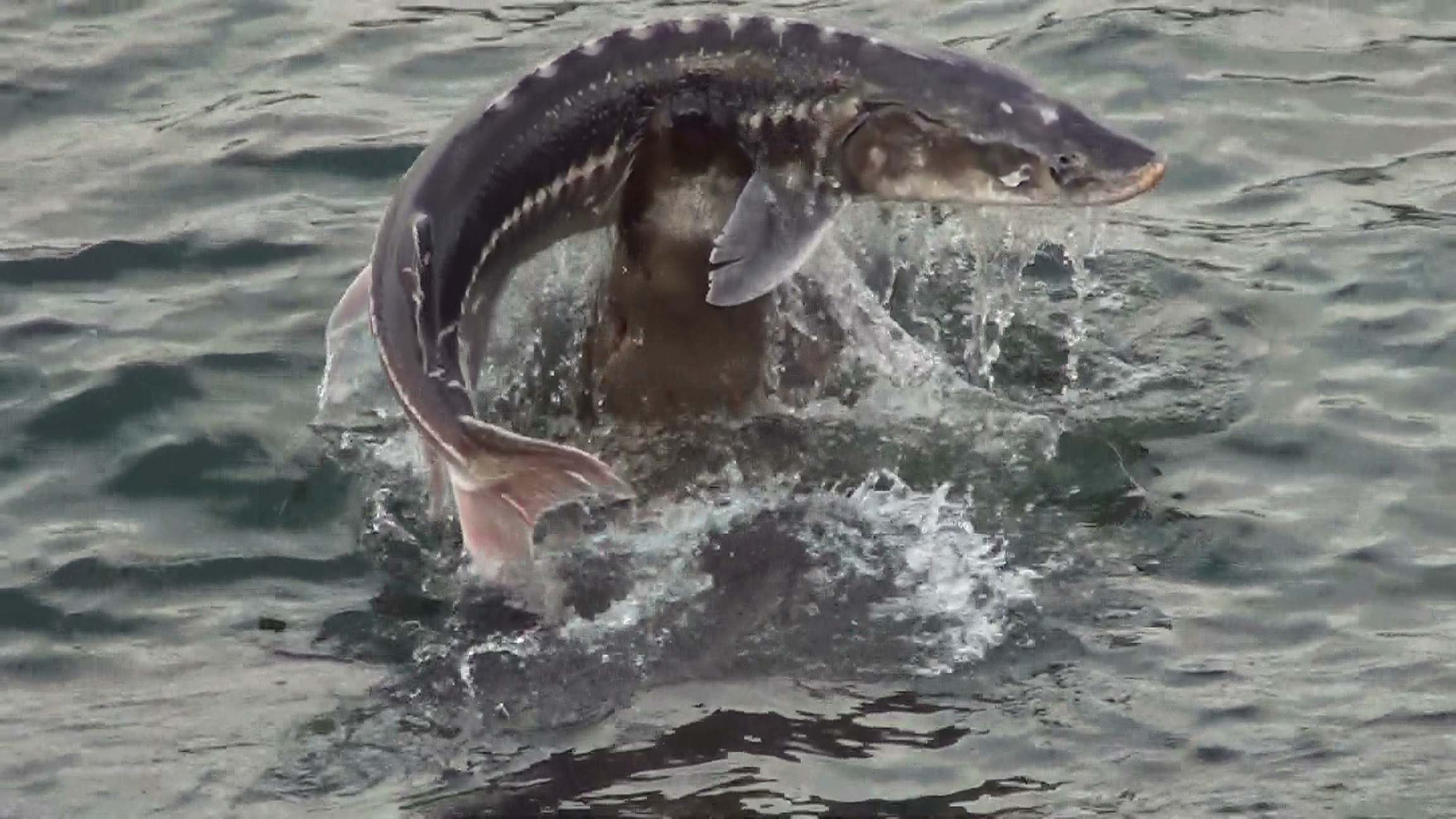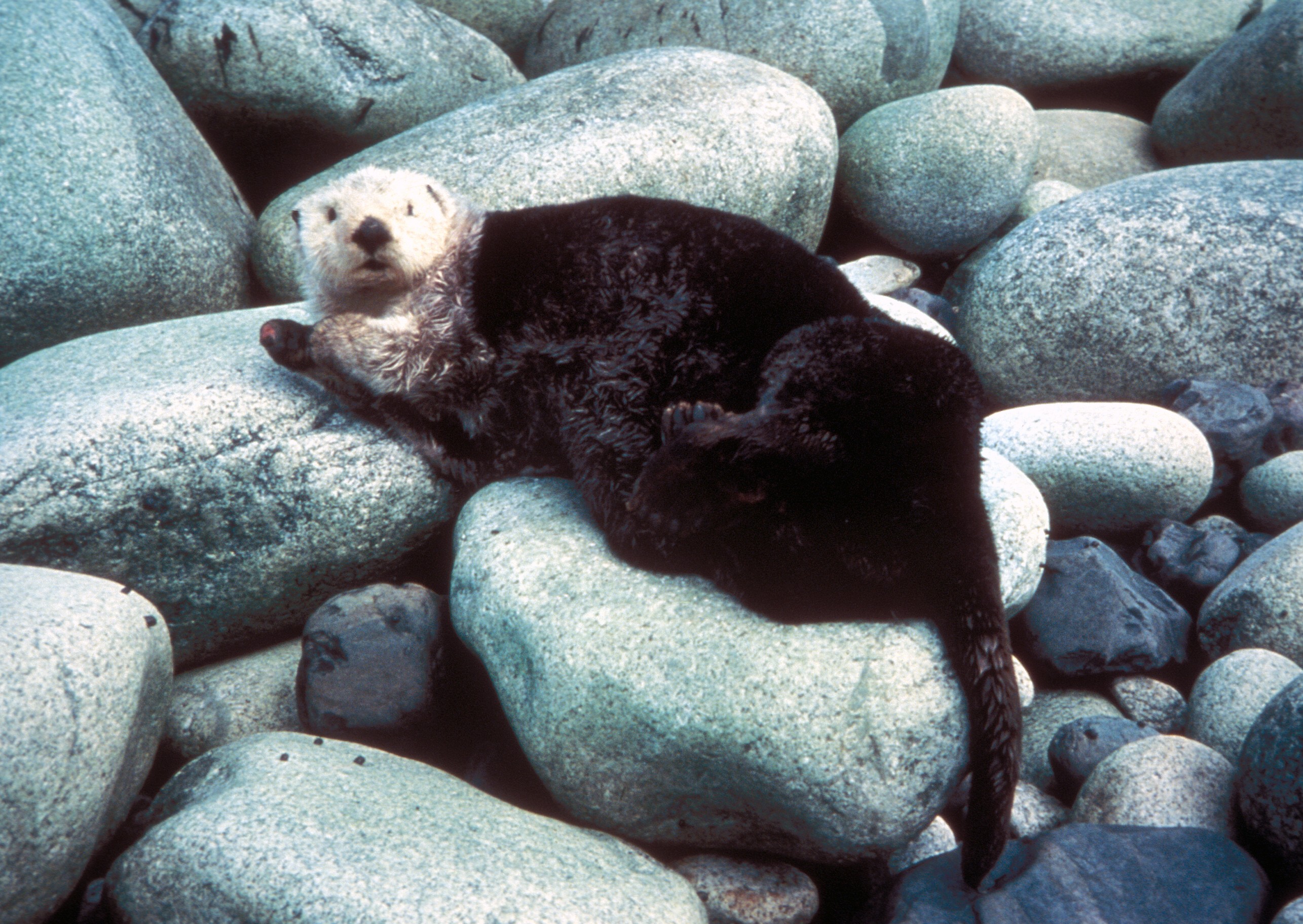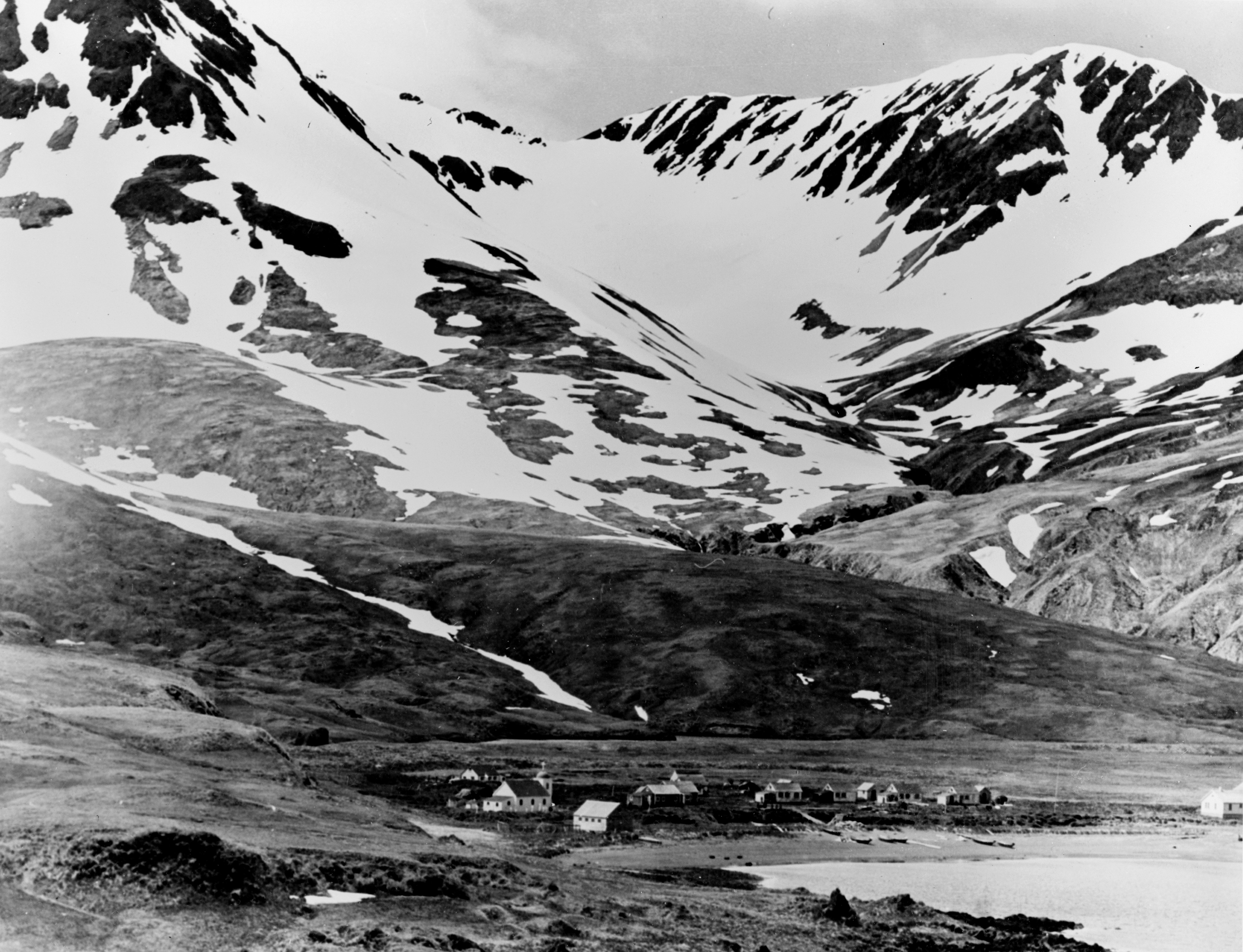|
Bering Island
Bering Island (russian: о́стров Бе́ринга, ''ostrov Beringa'') is located off the Kamchatka Peninsula in the Bering Sea. Description At long by wide, it is the largest and westernmost of the Commander Islands, with an area of . Most of Bering Island and several of the smaller islands in their entirety are now part of the Komandorsky Zapovednik nature preserve. Bering Island is treeless, desolate and experiences severe weather, including high winds, persistent fog and earthquakes. It had no year-round human residents until roughly 1826. Now, the village of Nikolskoye is home to 800 people, roughly three hundred of them identifying as Aleuts. The island's small population is involved mostly in fishing. off Bering Island's western shore lies small Toporkov Island (Ostrov Toporkov) . It is a round island with a diameter of . History In 1741 Commander Vitus Bering, sailing in ''Svyatoy Pyotr'' (''St. Peter'') for the Russian Navy, was shipwrecked and died ... [...More Info...] [...Related Items...] OR: [Wikipedia] [Google] [Baidu] |
Bering Sea
The Bering Sea (, ; rus, Бе́рингово мо́ре, r=Béringovo móre) is a marginal sea of the Northern Pacific Ocean. It forms, along with the Bering Strait, the divide between the two largest landmasses on Earth: Eurasia and The Americas. It comprises a deep water basin, which then rises through a narrow slope into the shallower water above the continental shelves. The Bering Sea is named for Vitus Bering, a Danish navigator in Russian service, who, in 1728, was the first European to systematically explore it, sailing from the Pacific Ocean northward to the Arctic Ocean. The Bering Sea is separated from the Gulf of Alaska by the Alaska Peninsula. It covers over and is bordered on the east and northeast by Alaska, on the west by the Russian Far East and the Kamchatka Peninsula, on the south by the Alaska Peninsula and the Aleutian Islands and on the far north by the Bering Strait, which connects the Bering Sea to the Arctic Ocean's Chukchi Sea. Bristol Ba ... [...More Info...] [...Related Items...] OR: [Wikipedia] [Google] [Baidu] |
Aleutian Islands
The Aleutian Islands ( ; ; ale, Unangam Tanangin, "land of the Aleuts"; possibly from the Chukchi ''aliat'', or "island")—also called the Aleut Islands, Aleutic Islands, or, before 1867, the Catherine Archipelago—are a chain of 14 main, larger volcanic islands and 55 smaller ones. Most of the Aleutian Islands belong to the U.S. state of Alaska, with the archipelago encompassing the Aleutians West Census Area and the Aleutians East Borough. The Commander Islands, located further to the west, belong to the Russian federal subject of Kamchatka Krai, of the Russian Far East. The islands form part of the Aleutian Arc of the Northern Pacific Ocean, and occupy a land area of 6,821 sq mi (17,666 km2) that extends westward roughly from the Alaskan Peninsula mainland, in the direction of the Kamchatka Peninsula; the archipelago acts as a border between the Bering Sea to the north and the Pacific Ocean to the south. Crossing longitude 180°, at which point east and ... [...More Info...] [...Related Items...] OR: [Wikipedia] [Google] [Baidu] |
Common Seals
The harbor (or harbour) seal (''Phoca vitulina''), also known as the common seal, is a true seal found along temperate and Arctic marine coastlines of the Northern Hemisphere. The most widely distributed species of pinniped (walruses, eared seals, and true seals), they are found in coastal waters of the northern Atlantic, Pacific Oceans, Baltic and North Seas. Harbor seals are brown, silvery white, tan, or gray, with distinctive V-shaped nostrils. An adult can attain a length of 1.85 m (6.1 ft) and a mass of up to . Blubber under the seal's skin helps to maintain body temperature. Females outlive males (30–35 years versus 20–25 years). Harbor seals stick to familiar resting spots or haulout sites, generally rocky areas (although ice, sand, and mud may also be used) where they are protected from adverse weather conditions and predation, near a foraging area. Males may fight over mates under water and on land. Females bear a single pup after a nine-month gestation, ... [...More Info...] [...Related Items...] OR: [Wikipedia] [Google] [Baidu] |
Northern Fur Seal
The northern fur seal (''Callorhinus ursinus'') is an eared seal found along the north Pacific Ocean, the Bering Sea, and the Sea of Okhotsk. It is the largest member of the fur seal subfamily ( Arctocephalinae) and the only living species in the genus '' Callorhinus''. A single fossil species, '' Callorhinus gilmorei'', is known from the Pliocene of Japan and western North America. Description Northern fur seals have extreme sexual dimorphism, with males being 30–40% longer and more than 4.5 times heavier than adult females. The head is foreshortened in both sexes because of the very short, down-curved muzzle, and small nose, which extends slightly beyond the mouth in females and moderately in males. The pelage is thick and luxuriant, with a dense underfur in a creamy color. The underfur is obscured by the longer guard hairs, although it is partially visible when the animals are wet. Features of both fore and hind flippers are unique and diagnostic of the species. Fur is a ... [...More Info...] [...Related Items...] OR: [Wikipedia] [Google] [Baidu] |
Steller Sea Lions
The Steller sea lion (''Eumetopias jubatus''), also known as the Steller's sea lion and northern sea lion, is a near-threatened species of sea lion in the northern Pacific. It is the sole member of the genus ''Eumetopias'' and the largest of the eared seals (Otariidae). Among pinnipeds, only the walrus and the two species of elephant seals are bigger. The species is named for the naturalist Georg Wilhelm Steller, who first described them in 1741. The Steller sea lion has attracted considerable attention in recent decades, owing to significant and largely unexplained declines in their numbers over an extensive portion of their northern range in Alaska. Description Adult animals are lighter in color than most sea lions, ranging from pale yellow to tawny and occasionally reddish. Steller sea lion pups are born almost black, weighing around , and remain dark in coloration for several months. Females and males both grow rapidly until the fifth year, after which female gr ... [...More Info...] [...Related Items...] OR: [Wikipedia] [Google] [Baidu] |
Sea Otter
The sea otter (''Enhydra lutris'') is a marine mammal native to the coasts of the northern and eastern North Pacific Ocean. Adult sea otters typically weigh between , making them the heaviest members of the weasel family, but among the smallest marine mammals. Unlike most marine mammals, the sea otter's primary form of insulation is an exceptionally thick coat of fur, the densest in the animal kingdom. Although it can walk on land, the sea otter is capable of living exclusively in the ocean. The sea otter inhabits nearshore environments, where it dives to the sea floor to forage. It preys mostly on marine invertebrates such as sea urchins, various mollusks and crustaceans, and some species of fish. Its foraging and eating habits are noteworthy in several respects. Its use of rocks to dislodge prey and to open shells makes it one of the few mammal species to use tools. In most of its range, it is a keystone species, controlling sea urchin populations which would otherwi ... [...More Info...] [...Related Items...] OR: [Wikipedia] [Google] [Baidu] |
Pribilof Islands
The Pribilof Islands (formerly the Northern Fur Seal Islands; ale, Amiq, russian: Острова Прибылова, Ostrova Pribylova) are a group of four volcanic islands off the coast of mainland Alaska, in the Bering Sea, about north of Unalaska and 200 miles (320 km) southwest of Cape Newenham. The Siberian coast is roughly northwest. About in total area, they are mostly rocky and are covered with tundra, with a population of 572 as of the 2010 census. Principal islands The principal islands are Saint Paul and Saint George. The former was named for the Feast of Saints Peter and Paul, on the day of which the island was first encountered by the Russian explorer Gavriil Pribylov; the latter was probably named for the ship sailed by Pribylov. The Otter and Walrus islets are near St. Paul. The total land area of all the islands is . The islands are part of the Bering Sea unit of the Alaska Maritime National Wildlife Refuge. Fur trade While oral traditions of ... [...More Info...] [...Related Items...] OR: [Wikipedia] [Google] [Baidu] |
Petropavlovsk-Kamchatsky
Petropavlovsk-Kamchatsky ( rus, Петропавловск-Камчатский, a=Петропавловск-Камчатский.ogg, p=pʲɪtrɐˈpavləfsk kɐmˈtɕatskʲɪj) is a city and the administrative, industrial, scientific, and cultural center of Kamchatka Krai, Russia. As of the 2021 Census its population is 164,900. The city is widely known simply as ''Petropavlovsk'' (literally "city of Peter and Paul"). The adjective ''Kamchatsky'' ("Kamchatkan") was added to the official name in 1924. Geography The city is situated on high hills and surrounded by volcanoes. The surrounding terrain is mountainous enough that the horizon cannot be seen clearly from any point in town. Across Avacha Bay from the city in Vilyuchinsk is Russia's largest submarine base, the Rybachiy Nuclear Submarine Base, established during the Soviet period and still used by the Russian Navy. The city is located from Moscow and about from Vladivostok. History Cossack units visited the ar ... [...More Info...] [...Related Items...] OR: [Wikipedia] [Google] [Baidu] |
Attu Island
Attu ( ale, Atan, russian: Атту, link=no) is an island in the Near Islands (part of the Aleutian Islands chain). It is the westernmost point of the U.S. state of Alaska. The island became uninhabited in 2010, making it the largest uninhabited island to be politically part of the United States. (archived June 25, 2017) The Battle of Attu was the site of the only World War II land battle fought in the United States. The battlefield area is a U.S. National Historic Landmark. Attu Station, a former Coast Guard LORAN station, is located at , making it one of the westernmost points of the United States relative to the rest of the country. However, since it is in the Eastern Hemisphere, being on the opposite side of the 180° longitude line of the contiguous 48 states, it can also be considered one of the easternmost points of the country (a second Aleutian Island, Semisopochnoi Island at 179°46′E, is the easternmost location in the United States by this definition). For p ... [...More Info...] [...Related Items...] OR: [Wikipedia] [Google] [Baidu] |
Russian-American Company
The Russian-American Company Under the High Patronage of His Imperial Majesty (russian: Под высочайшим Его Императорского Величества покровительством Российская-Американская Компания, Pod vysochayshim Yego Imperatorskogo Velichestva pokrovitelstvom Rossiyskaya-Amerikanskaya Kompaniya) was a state-sponsored chartered company formed largely on the basis of the United American Company. Emperor Paul I of Russia chartered the company in the Ukase of 1799. It had the mission of establishing new settlements in Russian America, conducting trade with natives, and carrying out an expanded colonization program. Russia's first joint-stock company, it came under the direct authority of the Ministry of Commerce of Imperial Russia. Count Nikolai Petrovich Rumyantsev (Minister of Commerce from 1802 to 1811; Minister of Foreign Affairs from 1808 to 1814) exercised a pivotal influence upon the early activitie ... [...More Info...] [...Related Items...] OR: [Wikipedia] [Google] [Baidu] |
Promyshlenniki
The ''promyshlenniki'' (russian: промышленники, singular form: russian: промышленник, translit=promyshlennik), were Russian and indigenous Siberian artel- or self-employed workers drawn largely from the state serf and townsman class who engaged in the Siberian, maritime, and later Russian-American fur trades. Initially the Russians in Russian America were Siberian fur-hunters, river-merchants, and mercenaries, although many later worked as sailors, carpenters, artisans, and craftsmen. Promyshlenniki formed the backbone of Russian trading-operations in Russian Alaska. Some of them worked on preliminary request contracts, including for the Russian-American Company, and their duties and activities became less involved in the company's fur-gathering activities. Siberia Initially, the phenomenon arose in the Novgorod Republic. In the Novgorod dialect, they are called Povolnik (a person who is not bound by constant obligations with any guild, prin ... [...More Info...] [...Related Items...] OR: [Wikipedia] [Google] [Baidu] |








